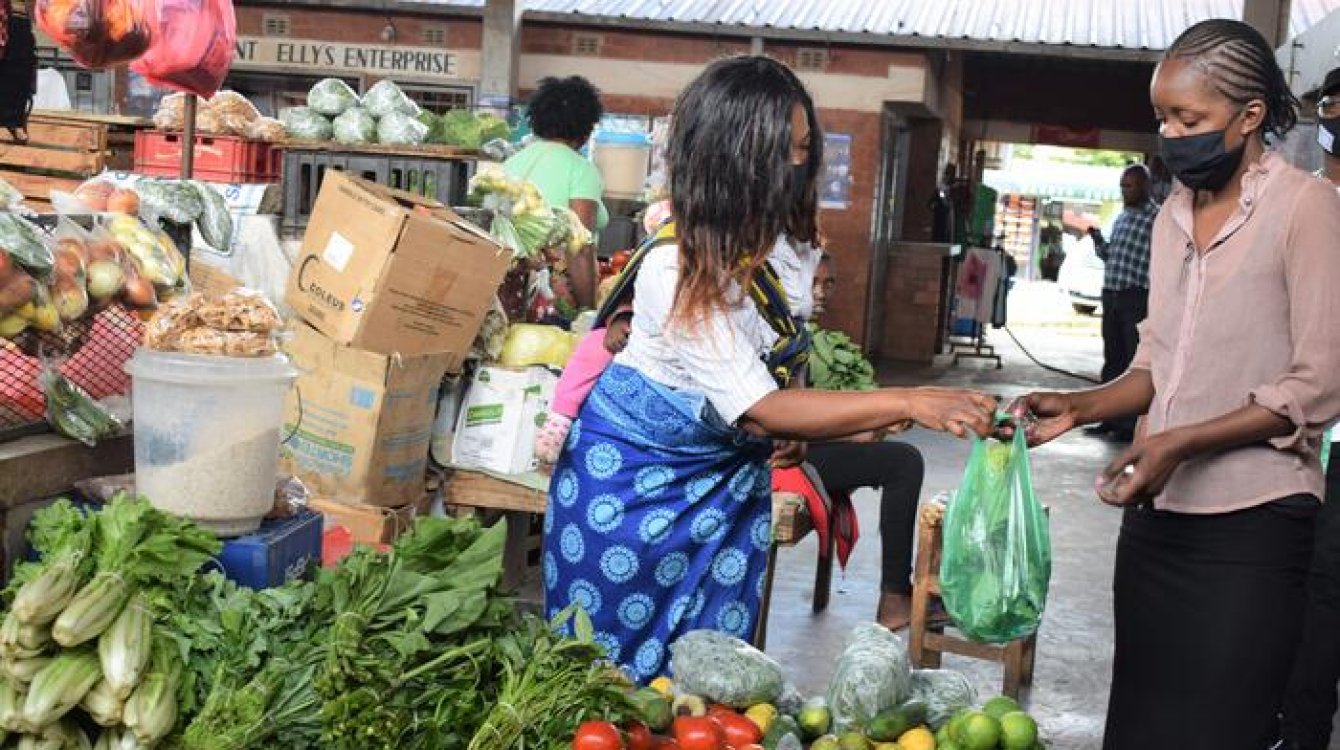Marrakesh, Morocco – Africa’s total exports will reach $952 billion by 2035 and the African Continental Free Trade Area (AfCFTA), once fully implemented, has the potential to increase this figure by a further 29 percent, a Standard Chartered report has revealed.
This represents an annual growth rate of 3 percent from now until 2035.
Rising regional trade levels and greater connectivity will unlock high‑growth corridors across Africa and beyond, the report says, adding the Intra-Africa trade is expected to reach $140 billion by 2035, equating to 15 percent of Africa’s total exports.
Africa’s corridors with some of the world’s most dynamic regions are expected to grow faster than the global average of 4.3 percent. The East Africa-South Asia corridor is expected to emerge as the fastest-growing major corridor, at 7.1 per cent per annum through to 2035. The Middle East-North Africa and the Middle East-East Africa corridors will also be substantial, with their combined trade volume expected to reach almost $200 billion by 2035.
The AfCFTA is not the first attempt made by Africa’s markets to promote greater cohesion, but the existing agreements often have overlapping or contradicting objectives – creating a “spaghetti bowl effect”.
There are eight significant Regional Economic Communities (RECs) recognised by the African Union (AU), and most AU markets are enrolled in two or more RECs, with the high costs of compliance and administration making intra-Africa trade less competitive.
AfCFTA could help overcome this by implementing common rules of origin, which grant all 54 AfCFTA members preferential trade access to each other’s markets, to the extent set out in the agreement.
Africa however still has barriers to overcome to realize the full potential of its trade opportunity. Based on a survey conducted with over 100 of Africa’s business leaders, 63 per cent polled said complex and uncertain trade rules are one of the top challenges of intra-African trade. 53 per cent of respondents noted that underdeveloped transportation infrastructure is a key barrier. 51 per cent cited ineffective trade facilitators as another hurdle, whilst 46 per cent noted that limited and/or costly access to capital is a challenge.
Around 90 percent of respondents believe the AfCFTA can address most of these issues. Progress has been made in this regard, with the AfCFTA taking steps to address barriers through various initiatives, such as a reporting mechanism and a guided trade initiative to accelerate trading[1] amongst countries.
Digitalisation also plays an important role in bolstering intra-Africa trade. The report demonstrates that adopting digital supply chain financing (SCF) solutions could unlock USD34 billion of export value in five key African markets by 2035. Almost all (97 per cent) of respondents are interested in digital SCF solutions but cited resource constraints, a technology gap and interoperability challenges as key barriers to adoption.
“Implemented effectively, the African Continental Free Trade Area can radically reshape future growth and development. It will enable higher value-add supply chains and more diversified exports, allowing member states to reduce historical commodity dependence and achieve meaningful progress towards multiple Sustainable Development Goals,” Dr José Viñals, Group Chairman of Standard Chartered PLC, said. “Through our global footprint, local expertise and innovative solutions, we are committed to supporting the development of the right policies, securing cooperation, and applying technology and capital in order to build better connections within the continent, and beyond.”

